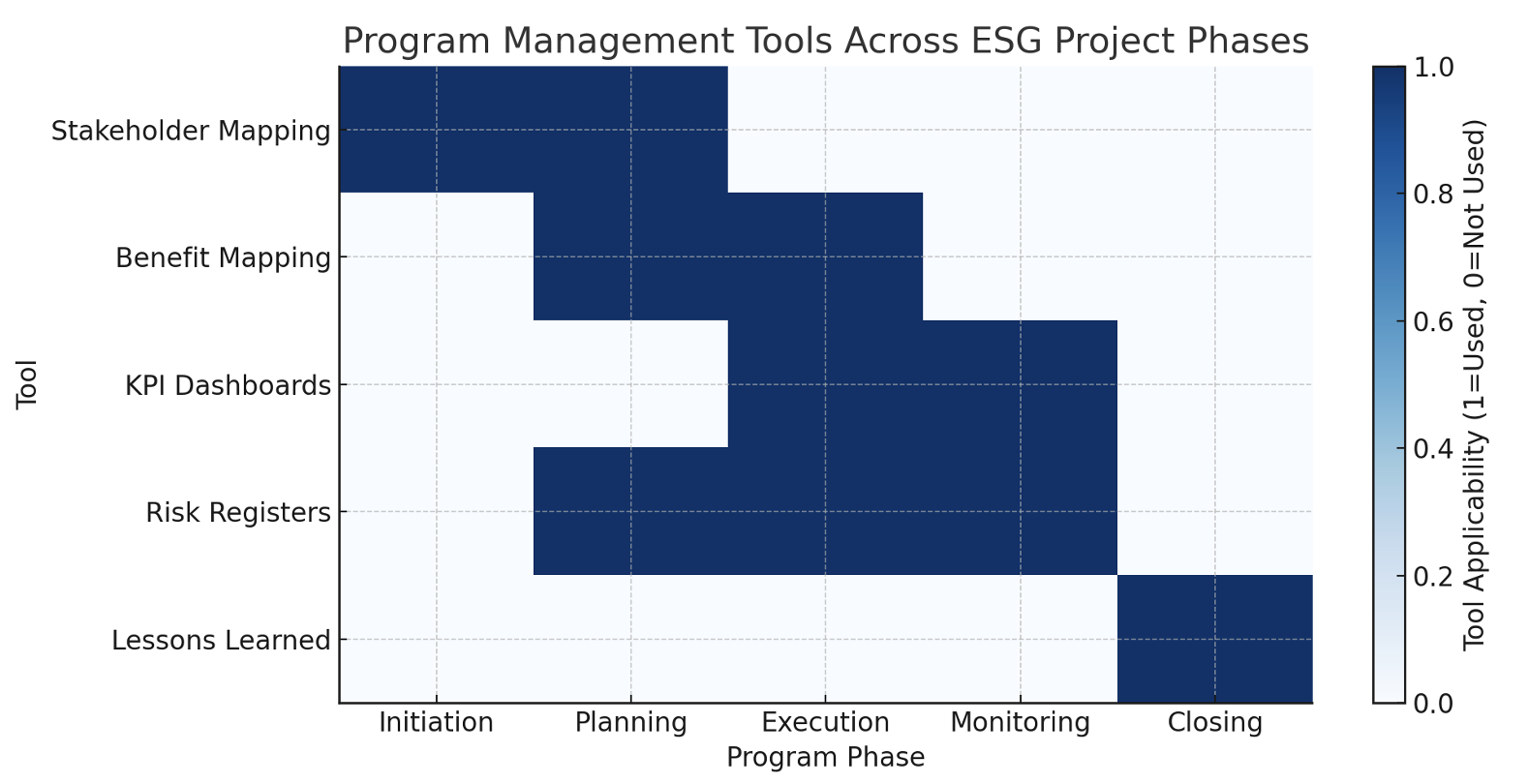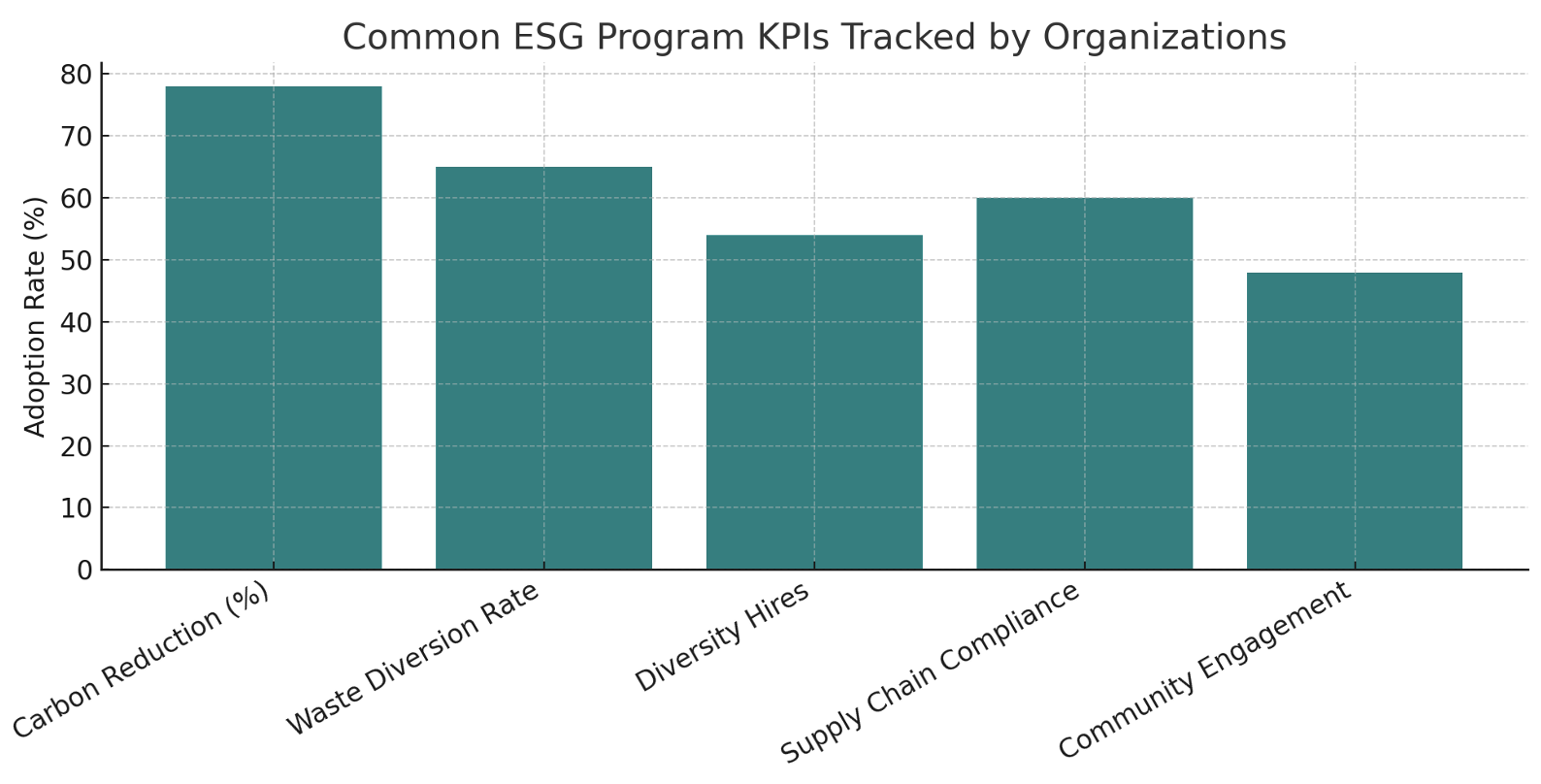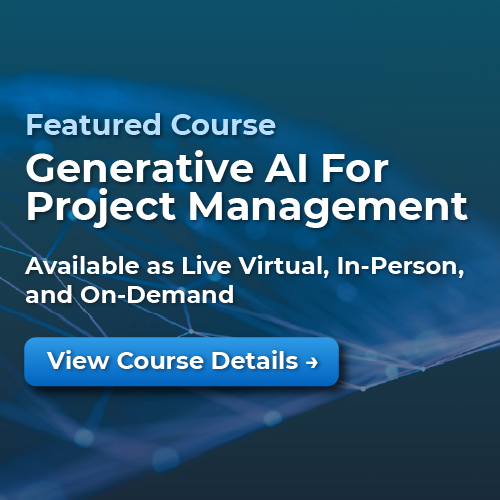Sustainability is becoming a core part of how companies are expected to operate—not just from a values standpoint, but also in response to growing expectations from investors, customers, and regulators. Even when not legally required, businesses are under increasing pressure to report on their environmental, social, and governance (ESG) performance. These expectations are shaped by soft regulation—voluntary guidelines that, while not enforceable by law, are shaping global business standards.
This shift presents both a challenge and an opportunity. Meeting ESG expectations requires coordination across departments, systems, and timelines. When approached strategically, it can lead to better risk management, innovation, and long-term business value. This is where Program Management becomes essential—aligning strategy with execution, connecting initiatives to deliver coherent outcomes, and enabling organizations to respond proactively to a fast‑evolving sustainability landscape.
Program Management as the Bridge Between ESG Intent and Execution
Many companies have set ambitious sustainability goals, such as becoming carbon neutral or reducing waste. But turning these big ideas into reality takes more than good intentions. It requires a plan, coordination, and someone to keep everything moving in the right direction.
Program Managers help break down ESG goals into clear, coordinated actions. They ensure that multidisciplinary teams stay aligned, milestones are met, and outcomes are tracked. They also help spot challenges early on and adapt the roadmap as needed. Without this kind of structure, ESG promises can easily lose momentum or fail to deliver real impact.
Tools of the Trade: Evidence-Based Program Management Techniques for ESG
Delivering ESG outcomes at scale demands a structured application of core program management tools. During the early stages, stakeholder maps and materiality assessments identify who and what matters most to ESG success. In the planning phase, tools like benefit mapping, logic models, and risk registers ensure ESG goals are linked to measurable outcomes and proactively managed. Execution and monitoring are supported by KPI dashboards, issue logs, and progress reviews, giving leaders visibility into what’s working, and what’s not.
The diagram below shows how these tools align with each phase of a typical ESG program. This lifecycle-based approach ensures consistency and governance throughout, helping teams stay focused, aligned, and accountable from start to finish.

Strategic Alignment: Embedding ESG Goals into the Program Portfolio
To maximize impact, ESG goals must be integrated into the organization’s strategic priorities, not treated as isolated efforts. Program Managers can use portfolio roadmaps to visualize how ESG initiatives align with long-term objectives, and prioritization matrices to evaluate trade-offs across business value, regulatory compliance, and environmental or social return.
An effective approach starts with a well-defined program charter that outlines ESG objectives, benefits, and governance mechanisms. From there, dependency matrices help identify overlaps and synergies with other corporate programs, ensuring resources are allocated efficiently and outcomes are mutually reinforcing. This alignment reinforces the idea that ESG isn’t a side initiative; it’s central to business transformation.
From Risk Mitigation to Reputation Building: Governance and Stakeholder Engagement
Effective ESG program delivery requires strong governance structures. Program Managers support this by setting up RACI matrices, risk heat maps, and gate reviews to ensure decisions are informed, timely, and transparent. These frameworks help organizations stay ahead of regulatory risks, reputational threats, and delivery issues.
Stakeholder engagement is equally vital. Using communication matrices, stakeholder maps, and feedback loops, Program Managers can coordinate messaging, maintain transparency, and build trust with key audiences. Whether it’s investors, regulators, employees, or communities, structured engagement builds confidence in the organization’s ESG performance and purpose.
Measurement, Reporting, and Adaptation: Making ESG Progress Visible and Actionable
Sustainability efforts must be backed by data to be credible and actionable. Program Managers play a central role in defining SMART KPIs that reflect ESG goals, linking them directly to program deliverables. Examples include emissions reduction, diversity targets, supplier audit results, and community investment benchmarks.
The chart below illustrates the most frequently tracked ESG KPIs in corporate programs. By integrating these metrics into program dashboards, organizations can monitor progress, surface issues early, and adapt strategies as needed. This data-driven approach turns ESG from a narrative into a performance management system.

Conclusion and Final Thoughts
Sustainability is no longer the domain of CSR teams or annual reports—it’s a board-level imperative that touches every part of the organization. In this environment, Program Management is not simply helpful; it is mission-critical. Program Managers have the tools, mindset, and cross-functional visibility required to drive ESG strategies from idea to impact.
The companies that succeed in the new ESG landscape won’t be those that merely comply with soft regulations. They’ll be the ones that recognize the opportunity hidden in complexity. By turning sustainability challenges into structured, well-governed programs, these organizations will position themselves as leaders—attracting investors, customers, and talent.
The message is clear: Sustainability is not a box to check. It’s a long-term capability. Program Management is the key to building that capability. Program leaders who embrace this expanded role will not only future-proof their organizations—they’ll help shape the next generation of responsible business.
Dusan Stamenkovic, PMP
Dusan is a Program Manager with over 20 years of experience in the IT industry, based in Tokyo, Japan and working with a global technology leader. His expertise spans program and project management, large-scale deployments, IT service management, Agile methodologies, AI/ML solutions, and cloud technologies. With a strong focus on delivering high-quality training and strategic support, Dusan’s mission is to empower both internal teams and external clients to achieve their digital transformation goals and long-term business success.
In his current role, he leads the training and development program, overseeing the training team, managing related resources, and identifying organizational training needs. Dusan holds several professional certifications, including Google’s Professional Cloud Architect (PCA) and Professional Cloud Network Engineer (PCNE), as well as Project Management Professional (PMP) from the Project Management Institute and ITIL certification in IT Service Management.
Dusan is also deeply committed to entrepreneurship and innovation. He actively supports the startup ecosystem in Japan by creating and mentoring programs designed to help emerging founders build sustainable, growth-focused businesses.







